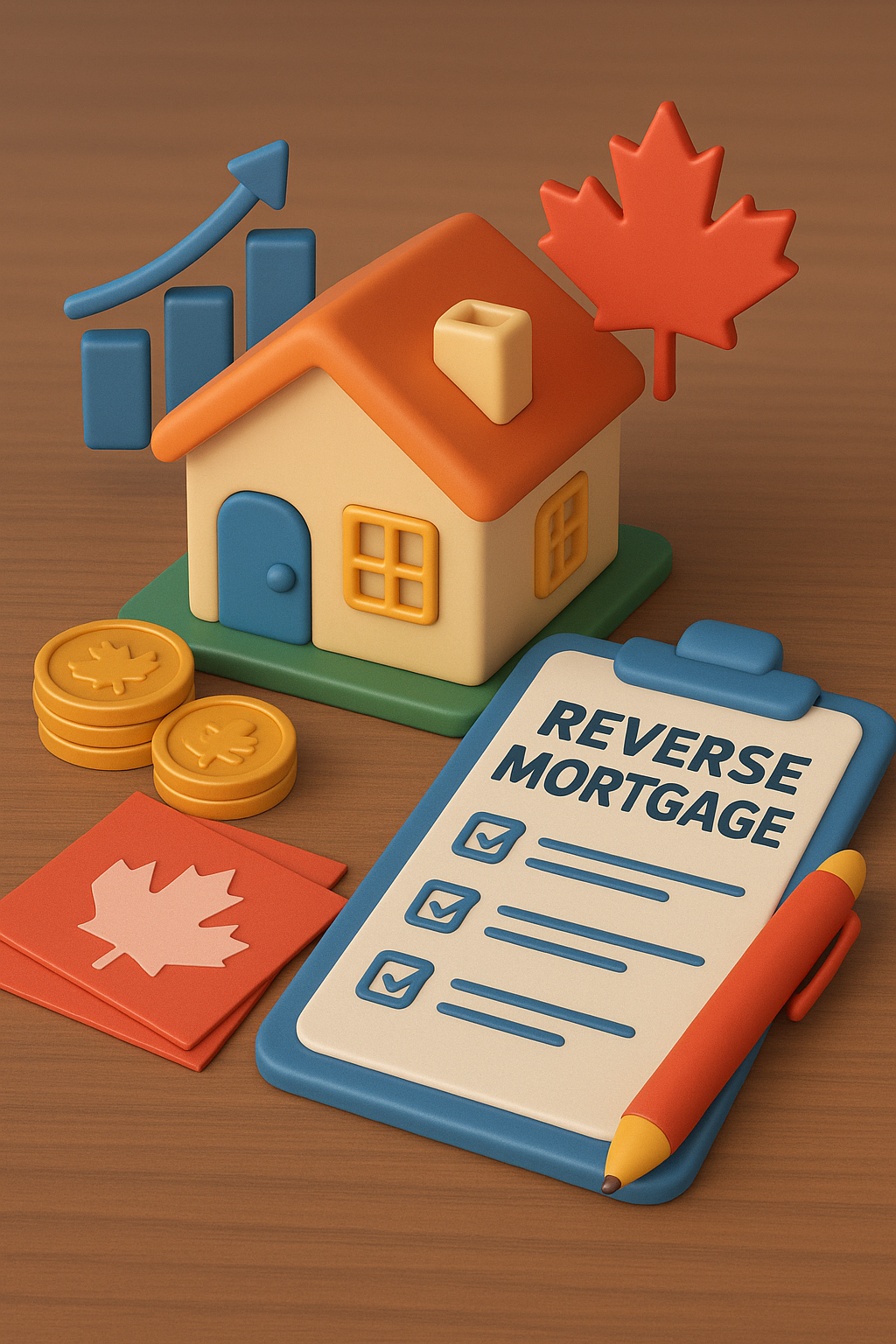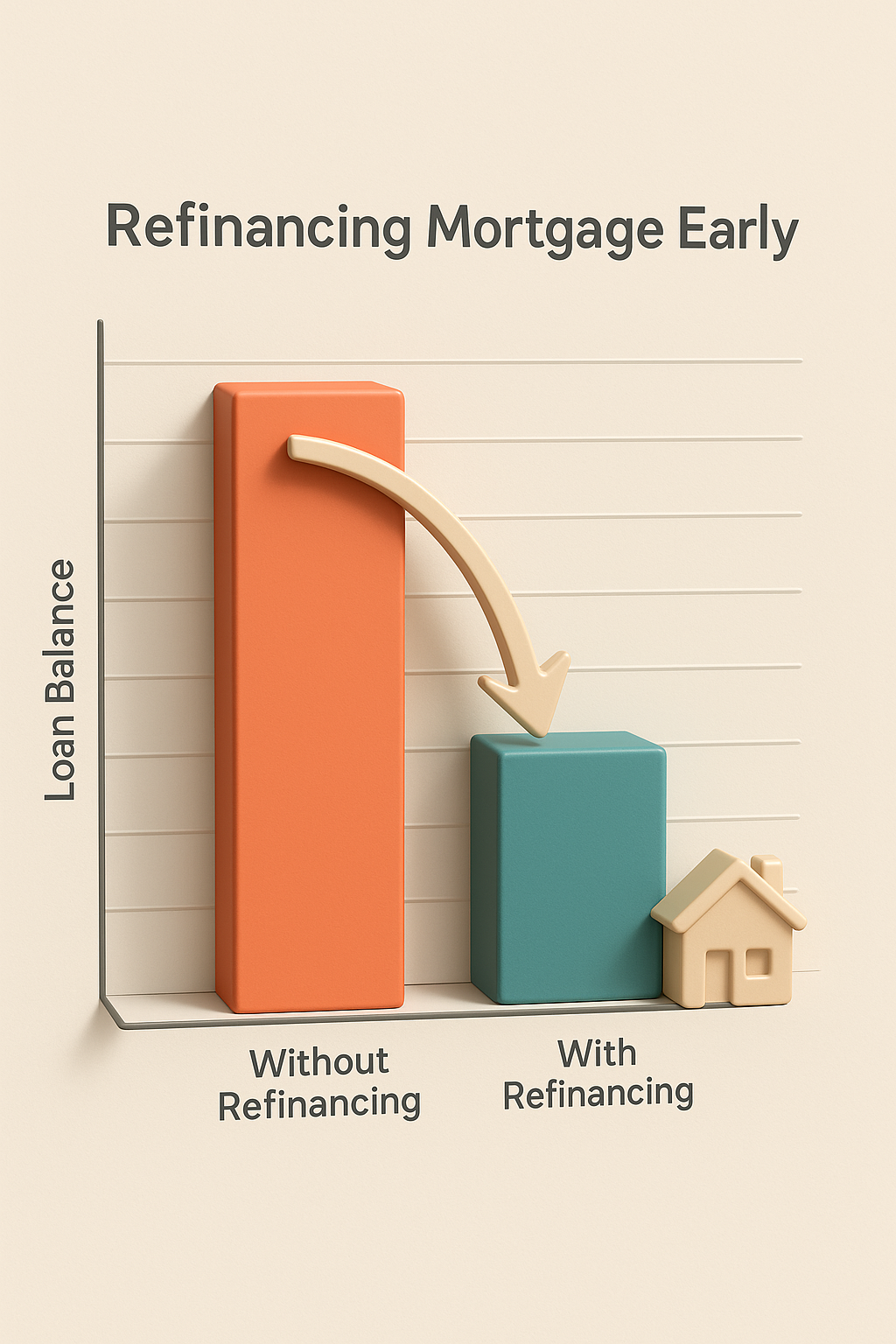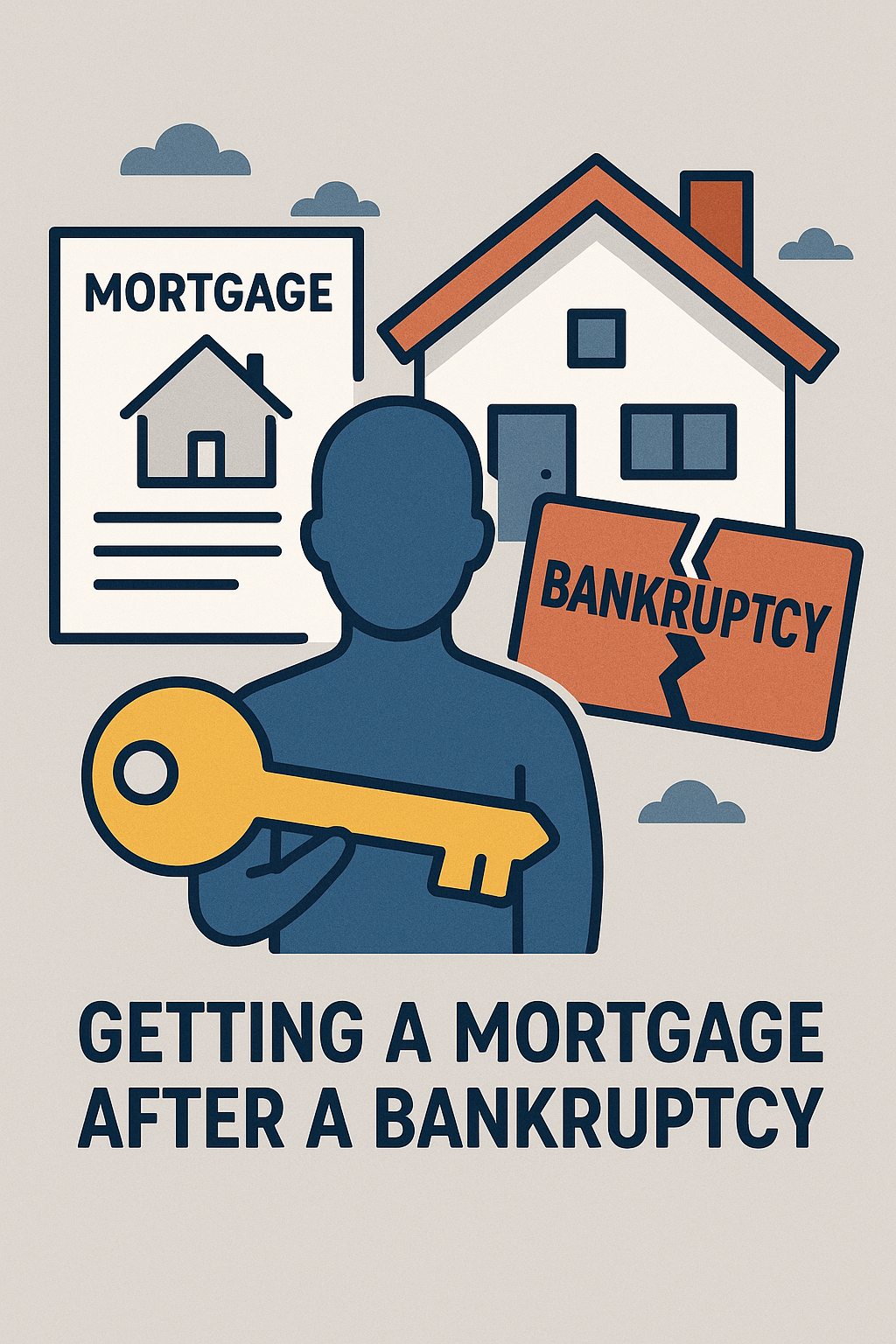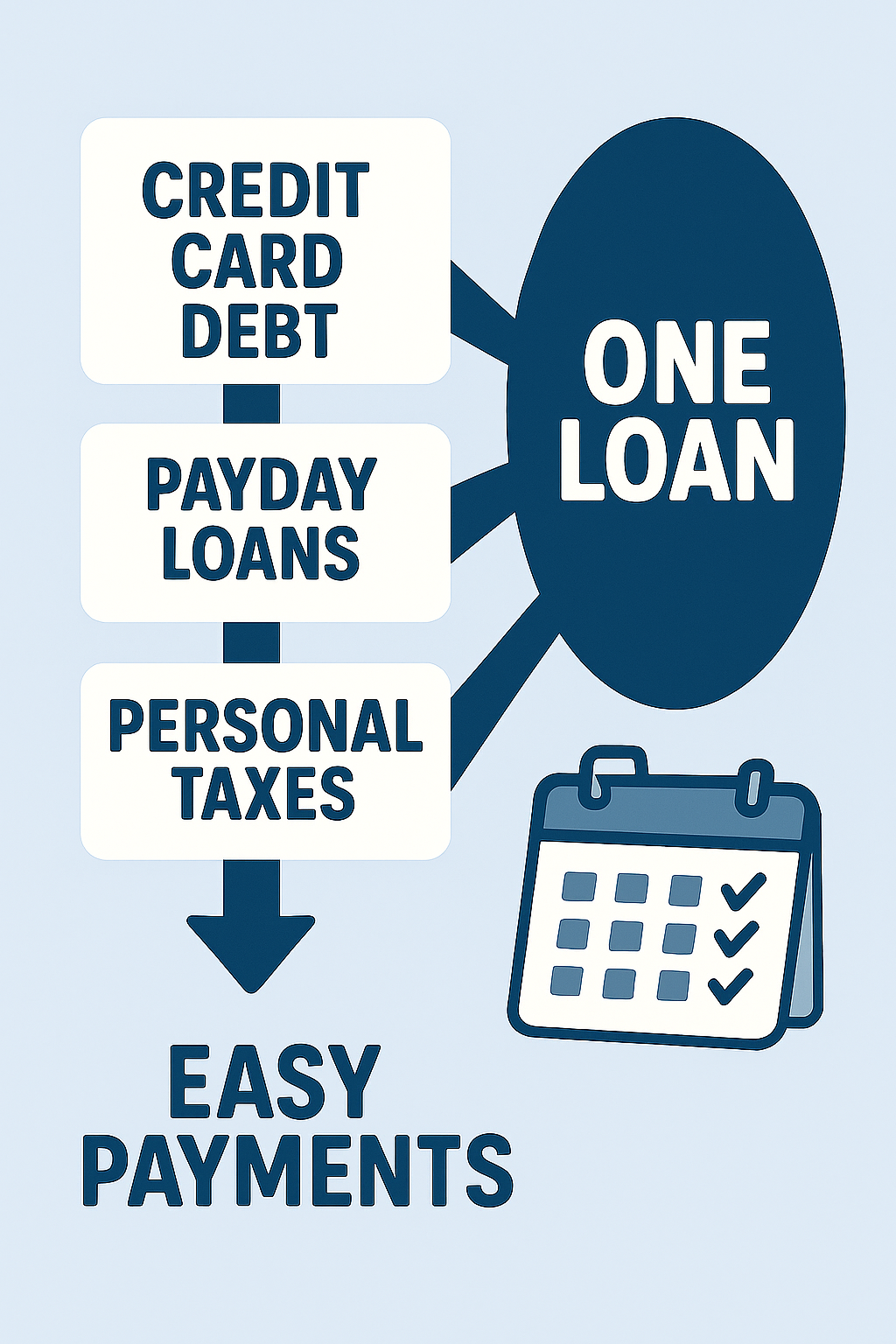Table of Contents
ToggleWhat Is a Reverse Mortgage in Ontario?
A reverse mortgage is a loan secured against your home that allows Ontario homeowners aged 55 or older to convert a portion of their home equity into cash, with no required monthly mortgage payments. Instead of you paying the lender every month, interest is added to the balance. The loan is typically repaid when you sell the home, move out permanently, or when the last borrower passes away.
Unlike selling, you keep ownership and continue living in your home. Unlike a traditional mortgage, your income documents matter less because you’re not qualifying for monthly payments—lenders focus primarily on the home, your age, and equity.
Important Ontario context: Reverse mortgages here are offered by Canadian lenders with products designed for our market (e.g., CHIP Reverse Mortgage by HomeEquity Bank and options from Equitable Bank). While program details evolve, the core structure is similar across providers.
Who Qualifies and How Much Can You Borrow?
While lender criteria vary, Ontario borrowers generally need to meet these basics:
-
Age: You (and your spouse, if applicable) are 55+.
-
Residence: The property is your primary residence in Ontario.
-
Property Type & Condition: Standard residential properties in marketable condition typically qualify.
-
Equity: You have significant equity; the loan-to-value (LTV) offered increases with borrower age and property value.
-
Title: All owners must be on the application and meet age requirements.
How much can you borrow?
Maximum LTV typically ranges up to 55% of your home’s appraised value (varies by lender, age, location, and property type). Older borrowers tend to qualify for higher LTVs because the expected loan term is shorter. Homes in major urban centres often see more favourable lending amounts because of liquidity and resale dynamics.
How a Reverse Mortgage Works (Step by Step)
-
Discovery Call & Suitability Check
A licensed mortgage professional assesses your goals (cash flow, debt consolidation, home improvements, gifting to family, etc.) and compares a reverse mortgage to options like a HELOC or refinance. -
Application & Appraisal
You submit basic info, property details, and ID. The lender orders an independent appraisal to determine market value. -
Conditional Approval
You receive an estimate of the maximum loan amount and terms. You choose a lump sum, initial draw + planned advances, or a series of draws (where available). -
Independent Legal Advice (ILA)
In Canada, lenders typically require you to get independent legal advice, ensuring you fully understand the obligations. -
Funding
After legal and underwriting steps, funds are advanced. Proceeds are tax-free (as they’re loan funds, not income). -
During the Loan
You don’t make monthly mortgage payments (you can choose to make interest payments voluntarily with some products). You must keep property taxes current, maintain insurance, and upkeep the home. -
When It’s Repaid
The balance (principal + accrued interest and fees) is repaid when you sell, move, or the last borrower passes away. Any remaining equity after repayment is yours or your estate’s.
7 Main Advantages
1) No Monthly Mortgage Payments
Cash flow is king in retirement. A reverse mortgage eliminates required mortgage payments, which can free up hundreds or thousands per month, easing pressure on fixed incomes.
2) Tax-Free Cash
Proceeds are not taxable income. That can help preserve GIS/OAS eligibility compared to taxable withdrawals, and may reduce the need to draw down RRSPs/RRIFs in down markets.
3) Stay in the Home You Love
If you value your community, doctor network, and routine, a reverse mortgage can be a way to age in place without selling or downsizing.
4) Flexible Access to Equity
Take a lump sum for a big project (e.g., renovations or retiring high-interest debt), or use staged advances to create consistent retirement income (product-dependent).
5) Estate Planning Flexibility
Some families prefer to gift while living—helping children or grandchildren with education or down payments. Reverse mortgage funds can enable inter-generational planning without liquidating investments at the wrong time.
6) Credit-Score Friendly
Because there are no required payments, a reverse mortgage won’t strain your monthly budget. For borrowers consolidating credit cards or personal loans, the debt-relief can help stabilize finances.
7) No-Negative-Equity Protection (Common in Canada)
Many Canadian reverse mortgages include a no-negative-equity guarantee (provided you meet your obligations), so you or your estate won’t owe more than the home’s fair market value at sale. Always confirm the specifics with your lender and review this carefully during ILA.
Costs, Rates, and Obligations (Know Before You Sign)
Interest Rates:
Reverse mortgage rates are typically higher than HELOCs and similar to or higher than fixed/variable mortgages because of the no-payment design and the long-dated nature of the risk. Remember, compounding means the balance grows over time.
Fees You Should Expect:
-
Appraisal fee (third-party)
-
Independent legal advice (your own lawyer)
-
Lender administration/setup fee
-
Title insurance & standard disbursements
Your Ongoing Obligations:
-
Pay property taxes and insurance on time
-
Maintain the home in good condition
-
Live in the property as your primary residence
-
Follow the loan terms (e.g., notifying the lender of major changes)
Early Repayment:
You can repay early, but prepayment charges may apply depending on timing and product. Ask for a prepayment penalty schedule before signing.
Impact on Equity Over Time:
Since you’re not making payments, interest accrues, reducing future equity. If property values rise, that can offset some or all of the interest growth—if they don’t, the equity reduction will be more noticeable. Model a few what-if scenarios (your broker can prepare these) to see outcomes at different home-price and rate paths.
Common Use Cases for Ontario Homeowners
-
Debt Consolidation: Pay off high-interest credit cards or loans and eliminate monthly payments that strain cash flow.
-
Renovations & Accessibility: Fund bathroom conversions, stairlifts, roofing, or energy-efficiency upgrades that keep you comfortable and lower utility bills.
-
In-Home Care & Medical Costs: Cover caregiver support, mobility devices, or specialized therapies.
-
Bridge Funding: Manage property-tax bills, condo special assessments, or irregular expenses without selling investments at a loss.
-
Retirement Income Buffer: Set up planned advances (where available) to smooth income across the year, potentially helping with benefit eligibility planning.
-
Supporting Family: Assist children or grandchildren with school, home purchases, or business startups—while documenting expectations to keep peace in the family.
Alternatives to Consider (and When They Fit Better)
Home Equity Line of Credit (HELOC):
-
Pros: Lower interest rates, pay interest-only or principal + interest, flexible draws.
-
Cons: Requires monthly payments and income qualification; lenders may cut limits in downturns.
-
Best For: Borrowers with solid income who want lowest cost and can manage payments.
Traditional Refinance (New Mortgage):
-
Pros: Potentially lower rate than a reverse mortgage; predictable payments.
-
Cons: Stress test/income requirements; payments can strain cash flow in retirement.
-
Best For: Borrowers with sufficient income who value overall interest cost savings.
Downsizing or Selling:
-
Pros: Unlocks 100% equity, cuts maintenance, possibly lowers property taxes/insurance.
-
Cons: Moving stress, leaving your community, limited supply of suitable homes/condos.
-
Best For: Those ready for a change in lifestyle or looking to maximize net equity.
Private Mortgage / Second Mortgage:
-
Pros: Fast approvals, flexible credit requirements.
-
Cons: Higher rates and short terms; monthly payments required.
-
Best For: Short-term bridge needs when conventional financing isn’t available.
Example Scenarios
Scenario A — Debt Relief on a Fixed Income
Mary (70) in Whitby owns a detached home worth $950,000 with a small first mortgage and $45,000 in credit cards. She can’t qualify for a HELOC due to limited pension income. A reverse mortgage pays off the first mortgage and the cards; her monthly payments drop to $0, freeing cash for groceries, utilities, and the occasional trip to see grandkids.
Scenario B — Renovate to Age in Place
Sanjay and Priya (76/73) in Barrie want to add a main-floor bath and ramp access. Their investments took a hit in a downturn. A staged reverse mortgage advance funds renovations now, protecting their portfolio while markets recover.
Scenario C — Inter-Generational Planning
George (80) in Oshawa wants to gift $100,000 to help his granddaughter with a down payment. A reverse mortgage allows him to gift while living without selling investments, and he and his lawyer document the gift to avoid future family disputes.
FAQs: Reverse Mortgage Ontario
Q1: Will I still own my home?
Yes. You keep title. The lender registers a charge (like any mortgage) against the property.
Q2: Can I lose my home?
As long as you meet your obligations—pay taxes/insurance, maintain the home, and live there—you should not face default. If obligations aren’t met, any mortgage (including a reverse mortgage) can be at risk.
Q3: Are reverse mortgages safe in Canada?
They’re regulated products offered by established Canadian lenders. Many include no-negative-equity protection (confirm specifics). You must obtain independent legal advice before closing, which is a strong consumer safeguard.
Q4: What happens when I die?
Your estate typically has a grace period to repay the loan (often via sale of the property). Any remaining equity after repayment goes to your heirs.
Q5: Will a reverse mortgage affect my benefits or taxes?
Proceeds are loan funds, so generally not taxable income. However, complex situations (e.g., borrowing to invest) can create tax nuances. Speak with a tax professional.
Q6: Can I make payments if I want to?
Many products let you make voluntary interest payments or partial prepayments (sometimes with limits or fees). Ask for the prepayment policy in writing.
Q7: How long does approval take?
Timelines vary with appraisal and legal steps. Typical closings range from a few weeks to longer if complexity arises.
Final Thoughts & Next Steps
A reverse mortgage can be a powerful tool for Ontario homeowners who want tax-free cash flow without leaving home. It shines when monthly payments are the pain point and when the priority is to age in place while maintaining independence and dignity. It’s not a one-size-fits-all solution—run the math on interest accrual, compare alternatives like HELOCs or refinancing, and consider family and estate goals.
How LendToday.ca Can Help
-
We’ll map your options (reverse vs. HELOC vs. refinance vs. downsizing) and run side-by-side projections.
-
We work with Canadian lenders offering Ontario-ready products and will coordinate your appraisal and required independent legal advice.
-
If a reverse mortgage isn’t your best fit, we’ll pivot quickly and structure the right solution.
Call to Action:
Ready to see if a reverse mortgage Ontario solution is right for you? Contact the LendToday.ca team for a free, no-obligation assessment. We’ll help you protect your cash flow and make confident decisions.
Disclaimer
This article is general information, not legal, tax, or personalized financial advice. Product terms, eligibility, and features change. Consult qualified professionals and review your lender’s documentation and legal advice before making decisions.
Need Reverse Mortgage Advice?
Speak with one of our mortgage professionals today.
- Facts About Getting a Reverse Mortgage Before Your Home Is Paid Off - December 14, 2025
- 7 Smart Truths About Refinancing a Mortgage at Any Time (And Avoiding Costly Penalties) - December 12, 2025
- Suggested Steps to Get Approved for Mortgages After Bankruptcy in Canada - December 10, 2025






